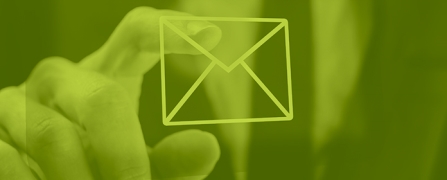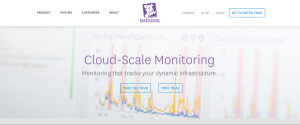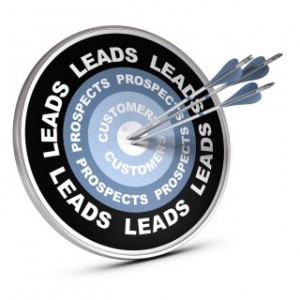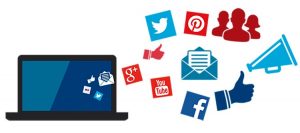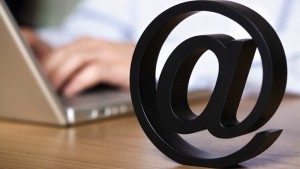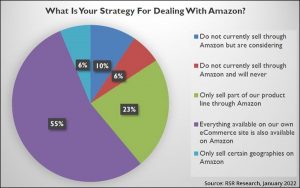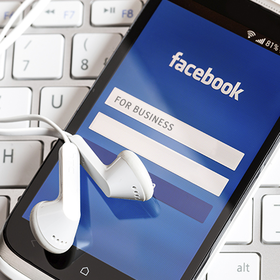Where a one-size-fits-all approach to email marketing might have worked in the past, today effective email marketing requires personalization. With the volume of email that your audience receives, traditional batch-and-blast tactics will likely get your emails, ignored, deleted and/or reported as spam.

Many firms have been slow to take up personalization, with research from eConsultancy finding that only 5% of companies across all industries personalize email extensively. However, a study from Aberdeen Group found that personalized emails improve click-through rates by 14%, and conversion rates by 10%.
So what are some ways marketers can personalize their emails? Here are 5 tips:
1. Segment your lists
If you want to personalize the content of an email, you first need to segment your contacts. Research from Campaign Monitor found that marketers have noted a 760% increase in revenue from segmented campaigns. Don’t treat all contacts the same! As opposed to sending the same email to your entire list of contacts, create unique segments that will allow you to personalize the content you send to each segment. List segmentation separates your master list into key segments that are relevant to your business (e.g. market, client type, service area, buyer persona, etc.). How granular you need to go with list segmentation depends on your business, goals, audiences and content.
2. Create segment-specific content and write to an audience of one
Once you have segmented your contacts, emails and the content for those emails should be created specifically for each segment. The more relevant and specific the emails are to the particular segment, the more personalized and therefore effective the results will be. When it comes to the copy, you should write to the individual. Make your copy sound like it has an audience of one, using a professional, but conversational tone. Try to be human and the email come across as personal, even if it’s going to a thousand people.
3. Utilize personalization tokens
Most email marketing platforms (ESP) have a feature for personalization that enables you to dynamically pull in information from contact fields in your lists and insert them into each email on an individual level. These are commonly referred to as personalization tokens or dynamic field tokens. Using a ”First Name” token in the greeting is your entry-level kind of personalization and something we’re all familiar with. Research from Campaign Monitor found that emails with personalized subject lines are 26% more likely to be opened. So instead of just using a “first name” token in the greeting, consider using other fields to craft a compelling subject line or the body copy as well. Using a contact’s company name, industry, job title or other information can bring a personal touch to your email content. But when it comes to field tokens, don’t overdo it! Use them where it makes sense and in a way that will seem natural and contextual—not contrived.
4. Send from a real person and include an email signature
Sending email from a real human being as opposed to sending from a generic company address (e.g. info@, marketing@, etc.), is a great place to start with personalization. Again, the goal of personalization is create emails that feel as if they are sent specifically from one individual to another. Not only should your emails be written and designed for an audience of one, they should come from a sender of one. Another way to add a personal touch is to include an actual email signature with the sender’s contact information conveniently included.
5. Leverage dynamic content blocks
Depending on the capabilities of your ESP or marketing automation platform, you should also consider using dynamic content blocks. These provide the ability to customize certain portions of the email with pre-defined content based on a contact’s profile or behavior history. Dynamic content offers a host of ways to personalize the email, so the possibilities are virtually endless — depending on the capabilities of your ESP and how much time you’re willing to invest in the process. Dynamic content is especially helpful in personalizing email going to large or multiple lists and segments, as well as triggered emails and automated campaigns.
One-to-one, not one-to-many
In a nutshell, email marketing personalization is really approaching the creation of email in a holistic way and looking for ways to make the email seem to be specifically crafted for each person receiving it. As opposed to the blast approach, email marketing personalization is about one-to-one communication. While these are just some of the ways you can personalize your email marketing campaigns, the more personalized and less one-size-fits-all you can make your email feel, the more engaging and effective it’s going to be.
Digital & Social Articles on Business 2 Community(54)
Report Post